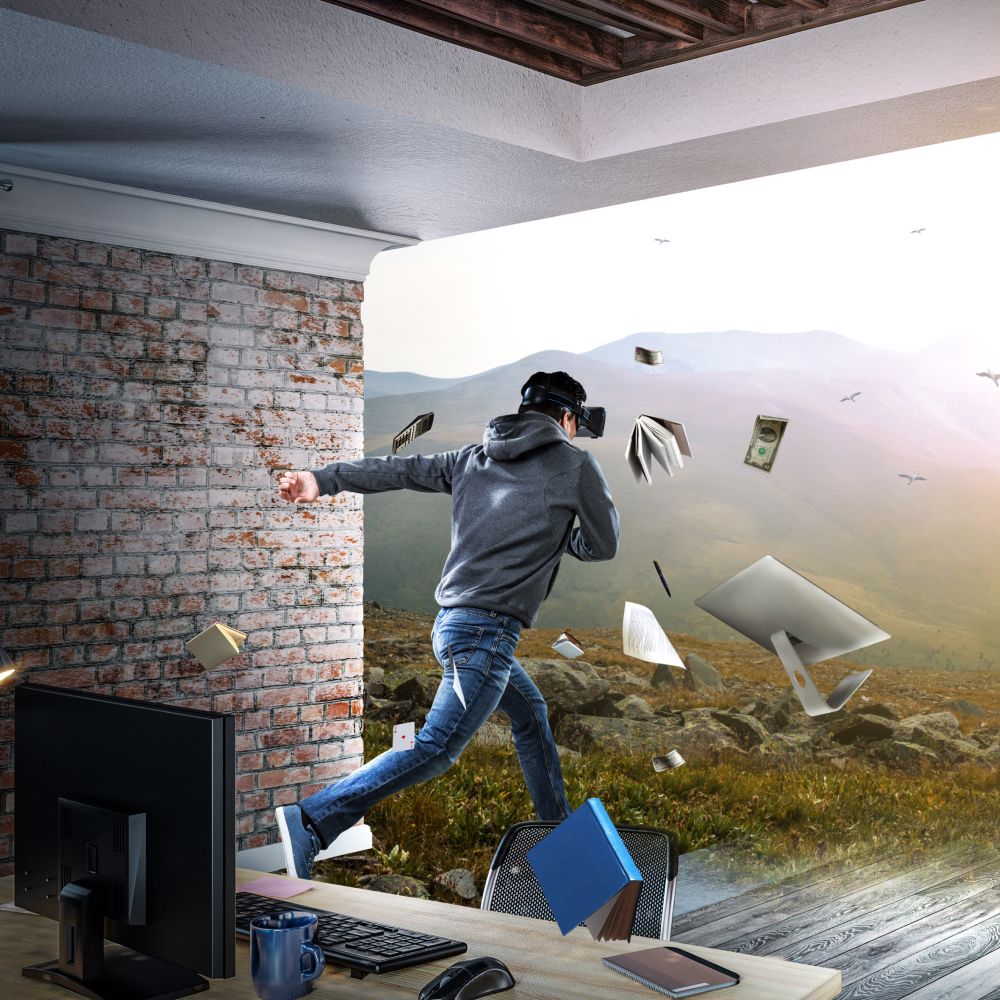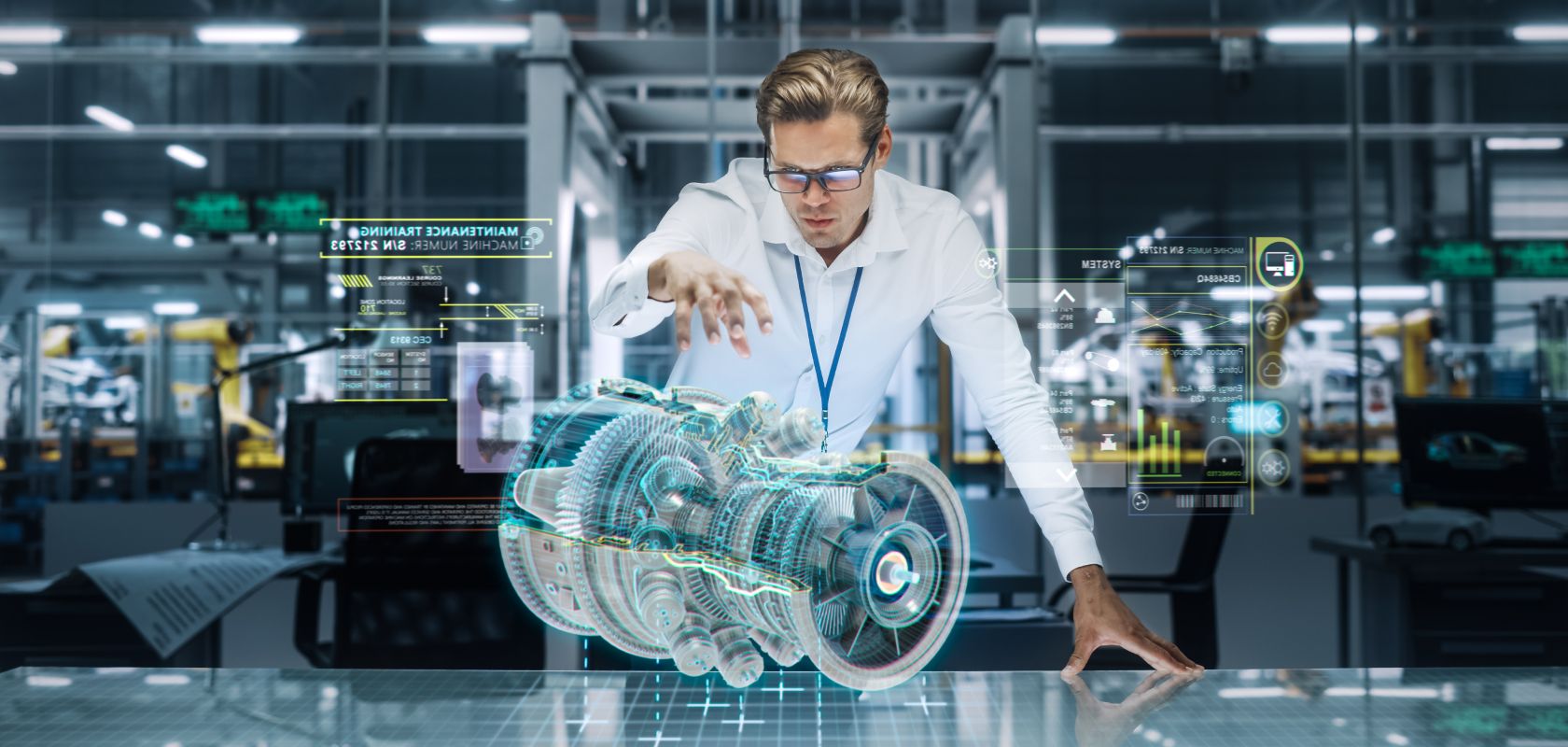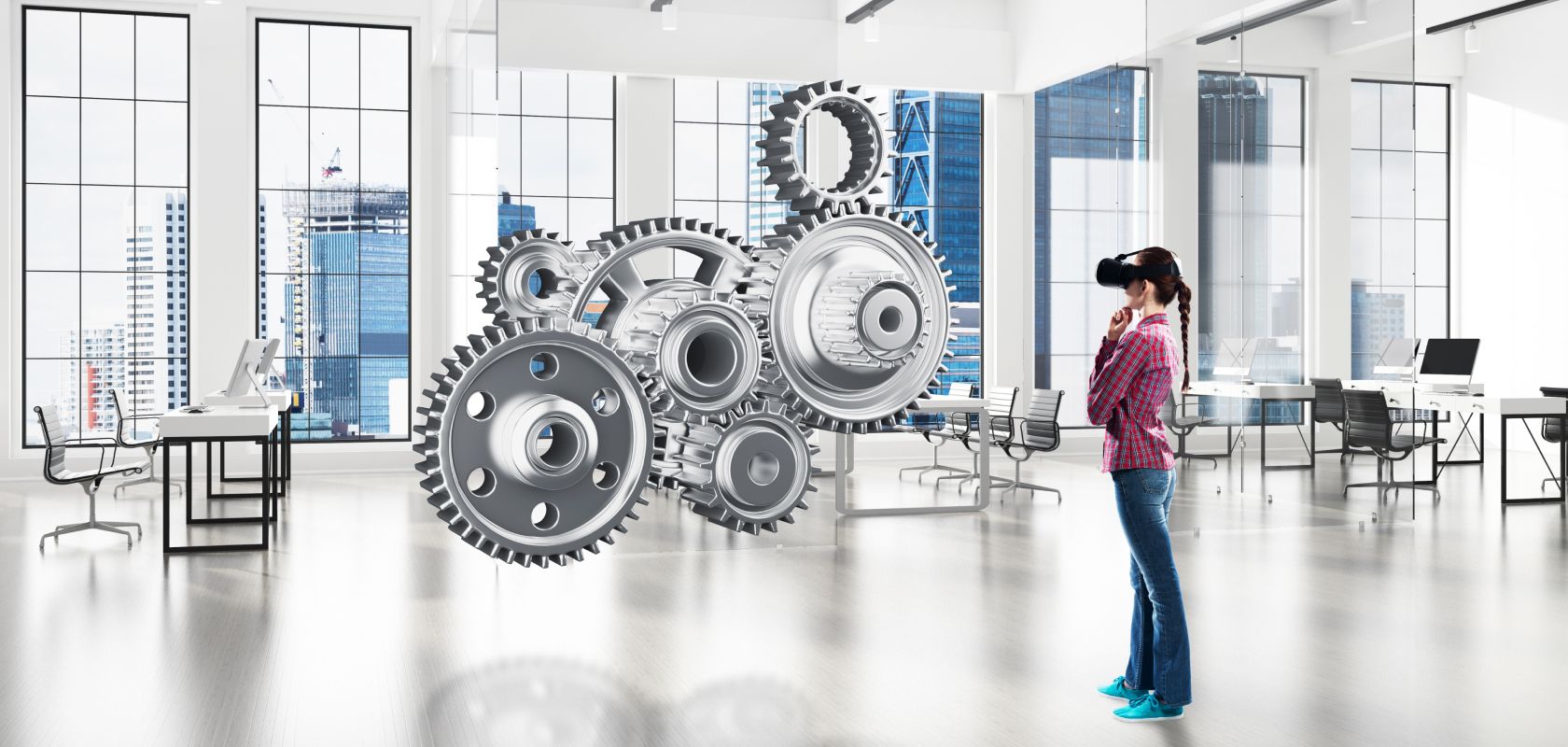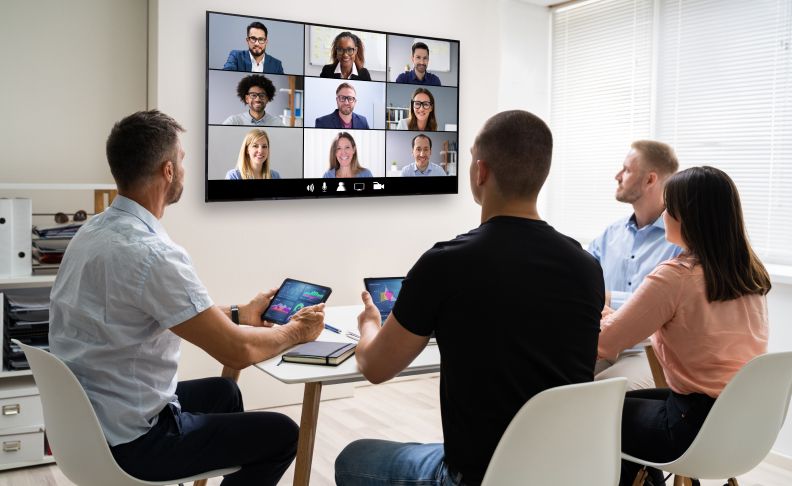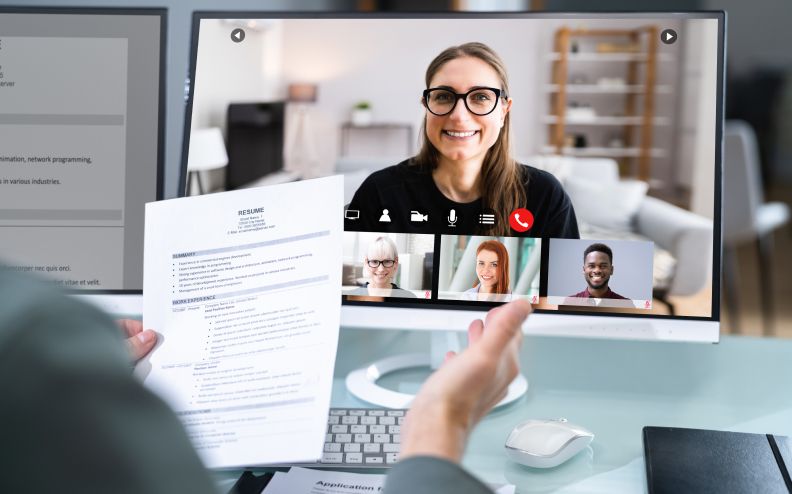What Differentiates MR from AR?
While both mixed reality, and augmented reality, bring digital objects within the real-world, crucial differences exist between the two. While augmented reality provides an overlay of digitally created elements to the real world, mixed reality adds an interactivity layer on top of the AR experience. Therefore, users can interact with the digital objects with their hands in a natural way. MR provides for a more immersive experience compared to AR, and therefore adopts specific elements of the VR experience.
How Does Mixed Reality Work?
Mixed reality leverages specific software layers and wearable devices to work. As such, one of the critical steps behind MR’s functionalities is the virtual mapping of real-life spaces. The analysis of the physical space that surrounds the user is critical in placing 3D digital objects within it. This process relies on special cameras and sensors that provide an extremely in-depth analysis of the physical space.
In addition to physical space mapping, MR also tracks movements and interprets verbal interactions and other types of commands to deliver a truly immersive experience. As a last step, MR positions 3D virtual elements in the physical space as an overlay, or “hologram”, blending them seamlessly in the field of view of the user.
Unlike augmented reality that relies on smartphone and tablet devices, mixed reality leverages wearable devices like the Microsoft Hololens 2, Magic Leap One or the Vuzix M4000.
Mixed Reality’s Use Cases
Although, MR is still in its infancy, use cases are already being developed and revolutionizing business’ processes and workflows.
Healthcare
MR helps medical doctors and students in training situations, delivering near-to-real-life experiences without the real-life risk. Activities like manipulating medical scans for presentation or close-observation purposes are other critical use-cases.
Entertainment
Mixed reality enables truly transformational experiences to audiences. From displaying giant holograms within sports stadiums to adding digitally created props during music performances, this technology is revolutionizing traditional entertainment mediums.
Training
Across industries, MR is being used to deliver extremely realistic training experiences. Virtual training through mixed reality, generates multiple benefits for businesses, including time, costs, and safety.
Hybrid Work
Mixed reality presents strong benefits when applied to hybrid work models. It offers transformational facilitations like real-time language translation between global teams, and visualization of environments or objects in real-time.
Takeaway
As this technology grows, also supported by great improvements in wearable devices, it is of great importance to plan appropriate mixed reality strategies. Businesses must ensure they partner with Mixed Reality providers that understand both the technology and the business use-case, to avoid risks like high costs, lack of acceptance by their global teams and more.
